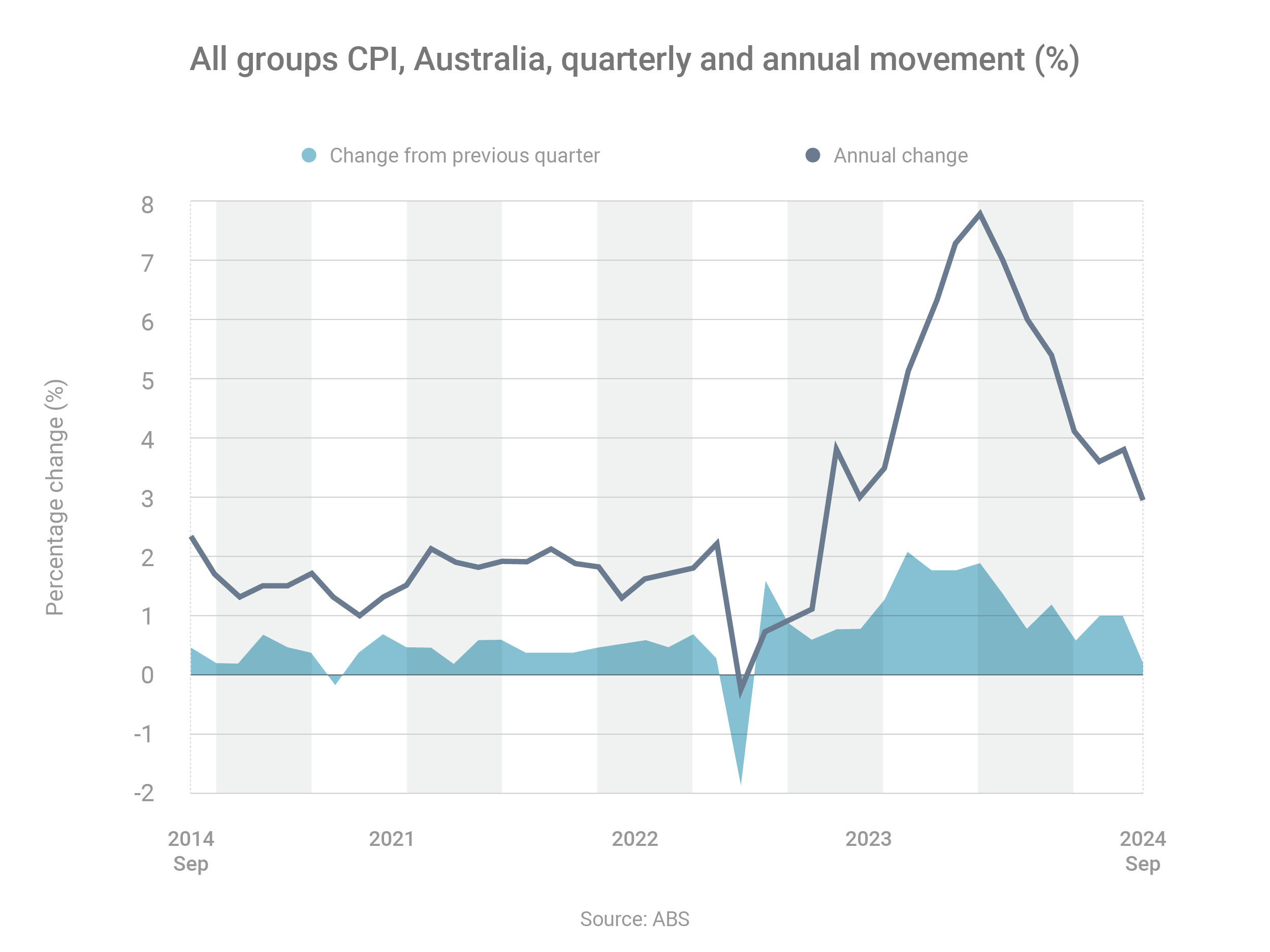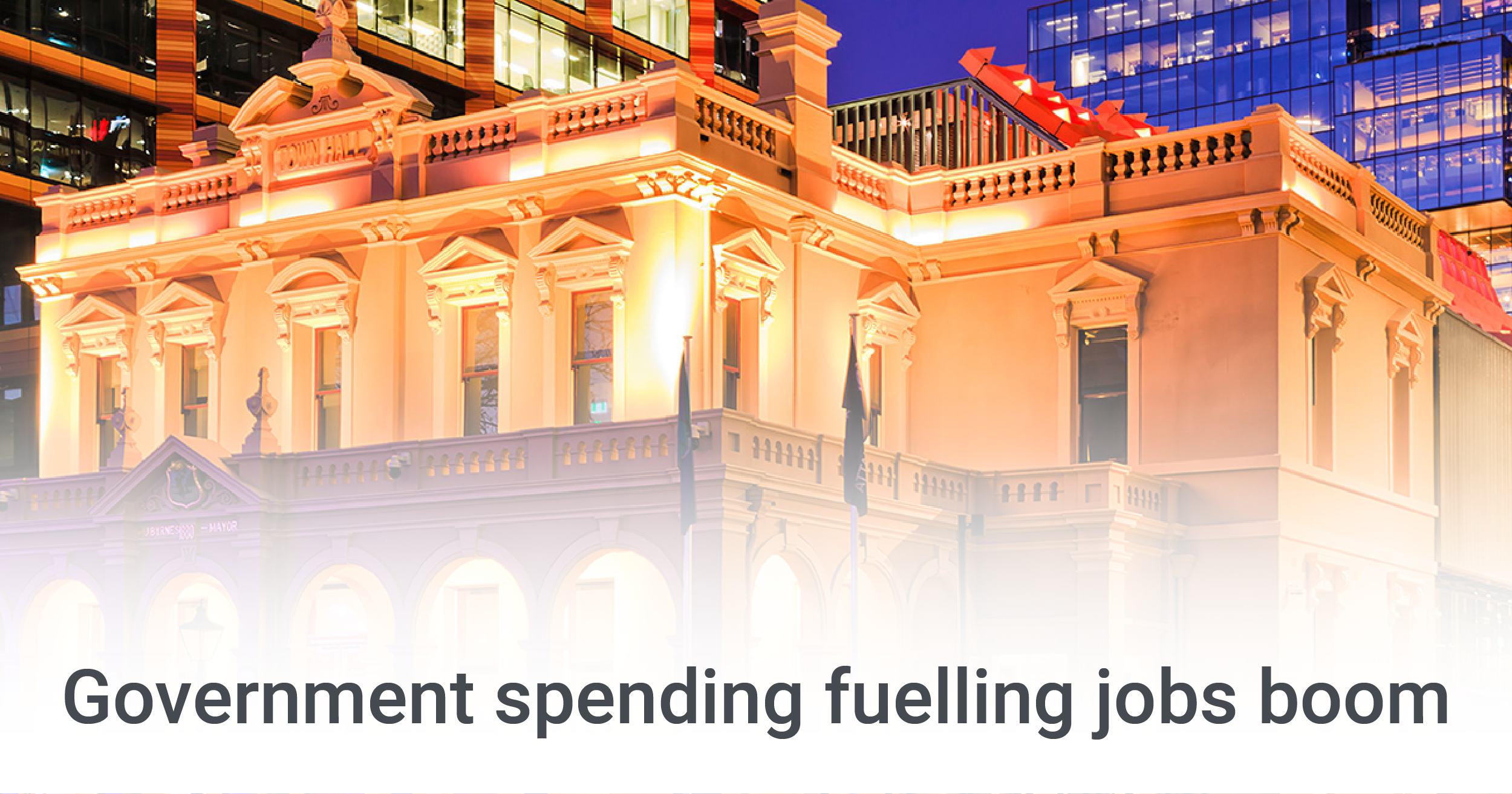
More and more Australians are turning to property investment, new analysis has revealed.
CoreLogic’s head of research, Eliza Owen, found that the number of investors entering the market was exceeding the number exiting, by comparing home loans data with listings data.
“Investor inferred listings have been trending higher since March this year, to 13,000, but remain well below the peak of investor listings activity in November 2021,” Ms Owen said.
“As investment listings remain below these highs, the number of new loan commitments remains high at 18,400. The previous five-year average for the month was 14,516.”
Why is property investing so popular? Probably because it offers three big potential benefits:
-
Capital growth – if your property rises in value
-
Ongoing rental income – which can be used to pay down your mortgage
-
Tax benefits – you can reduce your taxable income if your property is negatively geared
Reach out if you’re thinking about buying an investment property. I’ll model different repayment scenarios for you, so you can make an informed decision about whether investing is right for you.

There’s good news and bad news on the inflation front.
On the one hand, annualised inflation fell from 3.8% in the June quarter to 2.8% in the September quarter, putting it within the Reserve Bank of Australia’s (RBA) target range for the first time since 2021.
On the other hand, services inflation remains persistent – it actually rose between June and September, from 4.5% to 4.6% (while goods inflation fell, from 3.2% to 1.4%).

The RBA, in its recent Statement on Monetary Policy, said that services inflation, which “remains above its historical average”, had been driven by price increases for household services, eating out and takeaway.
“These outcomes are consistent with the still-significant pace of growth in domestic non-labour costs and in unit labour costs. Survey measures, including in the RBA’s liaison program, suggest that services firms are continuing to pass at least some of this cost growth through to prices, and expect prices growth to ease only modestly over the year ahead.”
While services inflation remains high, the RBA may be reluctant to start reducing the cash rate.

The number of people in employment continues to rise, reaching a record 14.54 million in October, according to the latest data from the Australian Bureau of Statistics.
The increase in jobs partly reflects the increase in population – but not entirely. Over the five years to October, the number of employed people grew 13.1%, while over the five years to March (the most recent period for which we have data), the population grew only 7.4%.
As a result, unemployment continues to remain low: it was just 4.1% in October, the same as the month before.
However, Innes Willox, the chief executive of the national employer association, the Australian Industry Group, said the “surprising resilience” in the labour market was being driven by government activity rather than the private sector.
“Most market sector industries reduced their labour demand in the year to the June quarter of 2024. Net job creation in the private sector stalled to 0.5% in the quarter, compensated by a surge to 2.3% in the public sector,” he said.
“This shows that Australia’s labour market resilience has become increasingly reliant on government spending. As state and federal budgets are under increasing fiscal pressure, the medium-term sustainability of this spending path is uncertain.”

Business credit growth has slowed due to tighter monetary policy but remains well above its post-GFC average, according to the Statement on Monetary Policy recently published by the Reserve Bank of Australia (RBA).
“Businesses’ ability to continue to borrow has been supported by relatively low levels of leverage and above-average cash balances. This has meant that the increase in interest rates has had a weaker effect on business credit growth than in some previous tightening phases, which has contributed to financial conditions being less restrictive for businesses than for households,” the RBA said.
“Profit margins for most large and small businesses remain around pre-pandemic levels, supporting their ability to service debt despite higher interest rates. Lenders have also noted that competition for business loans has increased, suggesting that the availability of business credit has not tightened alongside the slowing economy.”
The RBA also noted that businesses’ demand for credit was often influenced by factors other than interest rates.
“For example, borrowing to fund mergers and acquisitions contributed to strong growth in business credit in the 2006–2008 tightening phase. More recently, favourable farming conditions and higher land values have contributed to strong growth in lending to the agriculture industry.”

